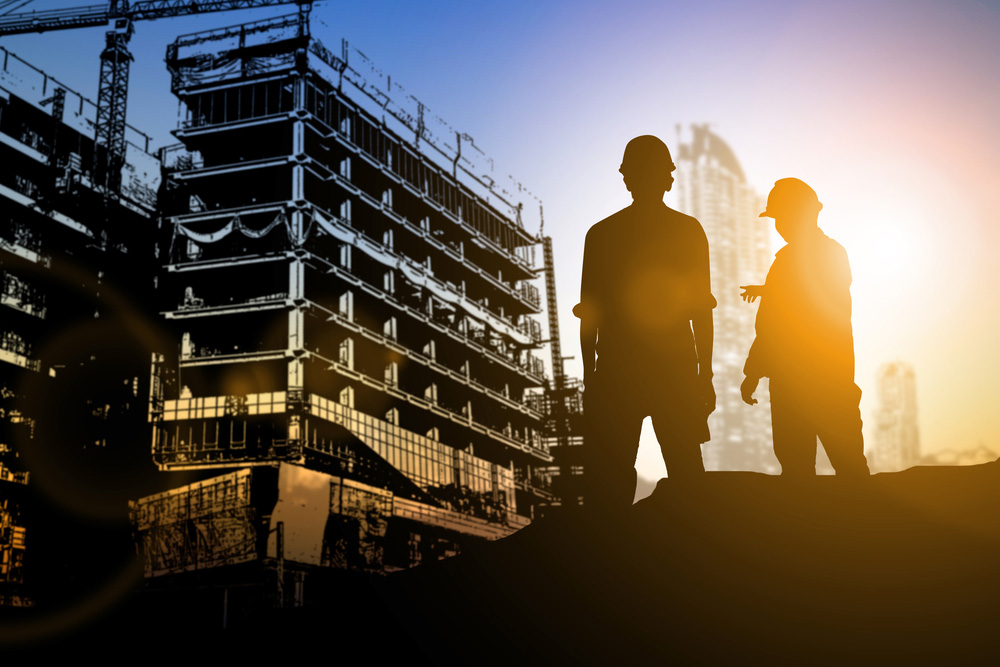In the world of architecture, high-value construction projects present unique challenges and opportunities. While the potential rewards can be significant, the risks associated with these projects are equally considerable. Effective risk management is crucial for architect firms to protect their interests, minimize liabilities, and ensure successful project completion. This blog outlines key risk management tips specifically tailored for architect firms engaged in high-value construction projects.
1. Comprehensive Project Planning
The foundation of effective risk management lies in comprehensive project planning. Architect firms should take the time to develop detailed project plans that outline the scope, objectives, timelines, and deliverables. Key steps in project planning include:
- Define Roles and Responsibilities: Clearly outline the roles and responsibilities of all team members, including architects, engineers, contractors, and subcontractors. This ensures that everyone understands their duties and helps prevent misunderstandings.
- Establish Realistic Timelines: Set realistic timelines that account for potential delays and contingencies. High-value projects often involve complex designs and multiple stakeholders, so flexibility in timelines can mitigate risks associated with time overruns.
- Identify Key Milestones: Establish key milestones throughout the project to monitor progress and make adjustments as needed. Regularly reviewing milestones can help identify potential issues before they escalate.
2. Thorough Contract Review and Negotiation
Contracts are a critical aspect of managing risk in construction projects. Architect firms must carefully review and negotiate contracts to protect their interests. Important considerations include:
- Clarity in Scope of Work: Ensure that the scope of work is clearly defined in the contract. Ambiguities can lead to disputes over responsibilities and expectations.
- Liability Limitations: Include clauses that limit liability for unforeseen circumstances, such as natural disasters or changes in regulations. This helps protect the firm from excessive financial exposure.
- Dispute Resolution Provisions: Outline the procedures for resolving disputes, including mediation and arbitration. Establishing clear pathways for conflict resolution can reduce the likelihood of litigation.
3. Risk Assessments
Conducting thorough risk assessments is essential for identifying potential hazards associated with high-value construction projects. Architect firms should:
- Analyze Potential Risks: Identify risks related to design, construction, environmental factors, and regulatory compliance. This proactive approach enables firms to address issues before they arise.
- Develop Mitigation Strategies: For each identified risk, develop strategies to mitigate its impact. This may involve implementing safety measures, establishing contingency plans, or securing additional resources.
- Engage Stakeholders: Involve key stakeholders in the risk assessment process to gain insights and perspectives on potential challenges. This collaborative approach enhances the effectiveness of risk management strategies.
4. Effective Communication
Open and effective communication is vital for successful risk management. Architect firms should prioritize communication with all parties involved in the project, including clients, contractors, and consultants. Key communication strategies include:
- Regular Updates: Provide regular updates to clients and stakeholders regarding project progress, potential issues, and changes to the plan. Transparency fosters trust and collaboration.
- Feedback Mechanisms: Establish mechanisms for receiving feedback from team members and stakeholders. Encouraging open dialogue can help identify concerns early and address them promptly.
- Documentation of Communications: Keep detailed records of all communications, including emails, meeting notes, and contracts. This documentation serves as a valuable resource in the event of disputes or claims.
5. Quality Control Processes
Implementing robust quality control processes is essential for minimizing risks associated with design and construction defects. Architect firms should:
- Establish Quality Standards: Define quality standards that all project deliverables must meet. This includes adhering to industry best practices, building codes, and client specifications.
- Conduct Regular Inspections: Schedule regular inspections throughout the construction process to ensure compliance with quality standards. Early detection of issues can prevent costly corrections later.
- Utilize Technology: Leverage technology such as Building Information Modeling (BIM) to enhance design accuracy and collaboration among project stakeholders. Technology can help identify potential conflicts and streamline communication.
6. Insurance and Liability Coverage
Adequate insurance coverage is a critical component of risk management for architect firms involved in high-value construction projects. Firms should:
- Review Insurance Policies: Regularly review insurance policies to ensure they provide adequate coverage for potential liabilities, including professional liability, general liability, and workers’ compensation.
- Consider Additional Coverage: Depending on the project’s nature, additional coverage, such as environmental liability or builder’s risk insurance, may be necessary to protect against specific risks.
- Consult with Insurance Experts: Work with insurance brokers or risk management professionals to evaluate coverage options and ensure the firm is adequately protected.
7. Legal Support
Having access to experienced legal counsel is essential for architect firms involved in high-value construction projects. Legal experts can:
- Review Contracts: Ensure that contracts are comprehensive and protect the firm’s interests.
- Advise on Compliance: Provide guidance on regulatory compliance and best practices to mitigate legal risks.
- Assist in Dispute Resolution: Offer support in navigating disputes and developing effective strategies for resolution, whether through mediation, arbitration, or litigation.
How We Can Help
At Stryker Slev Law Group, we understand the complexities and challenges that architect firms face in high-value construction projects. Our experienced attorneys specialize in construction defect and commercial real estate law, providing comprehensive legal support tailored to the needs of architects in San Diego, Los Angeles, and Southern California.
Whether you need assistance with risk management strategies, contract negotiation, regulatory compliance, or dispute resolution, we are here to help. Our firm’s extensive knowledge of construction law positions us as a trusted partner for your legal needs.
If you’re an architect looking to enhance your risk management practices and protect your interests in high-value construction projects, contact Stryker Slev Law Group today. Together, we can build a solid foundation for your success and safeguard your firm’s reputation in the industry.



